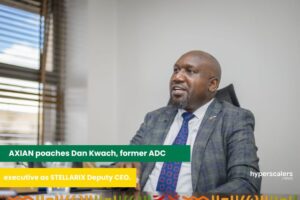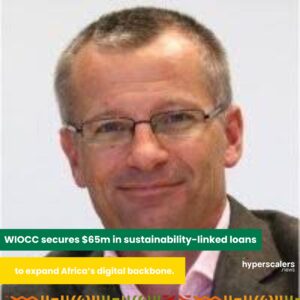The Federal Communications Commission (FCC) has recently made a significant update to the definition of high-speed broadband in the United States, marking a pivotal moment in the nation’s telecommunications landscape. The new benchmark, which has been increased from the previous standard of 25 Mbps download and 3 Mbps upload speeds to a robust 100 Mbps download and 20 Mbps upload speeds, reflects a four-fold augmentation in internet speed requirements.
This move by the FCC comes as a response to the rapidly evolving technological landscape and the growing demands of consumers and businesses alike. With advancements in technology and changes in consumer behavior driving the need for faster internet connectivity, the Commission recognized the imperative to elevate the standards for what qualifies as high-speed internet access. Moreover, the updated benchmark is aligned with standards utilized in various federal and state programs, as well as with what is currently available from and marketed by internet service providers (ISPs).
Chairwoman Jessica Rosenworcel underscored the significance of this update, characterizing it as “overdue” and stressing its alignment with recent legislative measures and industry norms. The FCC’s decision reflects a commitment to ensuring equitable access to broadband services for all Americans, a fundamental pillar of modern connectivity and economic participation.
Looking ahead, the FCC has set ambitious long-term goals, aiming for a benchmark of 1 Gigabit download and 500 Mbps upload speeds. This aspirational target underscores the Commission’s commitment to fostering a future-proof telecommunications infrastructure that can meet the evolving needs of consumers and businesses in an increasingly digital world.
Despite these strides towards improved broadband access, significant challenges persist. Chairwoman Rosenworcel noted that nearly 24 million Americans still lack access to high-speed broadband, highlighting the urgent need for continued efforts to bridge the digital divide. This is particularly pronounced in rural areas, where disparities in internet access remain pronounced, hindering economic opportunity and social mobility.
“Our goal is to connect everyone, everywhere to high-speed broadband”, she noted. “Nearly 24 million are not connected… That means millions of people still do not have the broadband they need to fully participate in modern life.”
The issue extends beyond fixed broadband to mobile internet access as well. While the advent of 5G technology promises high-speed connectivity, the FCC found that a notable percentage of Americans, particularly those in rural areas, still lack access to mobile service meeting the new minimum speeds of 35 Mbps download.
The data presented by the FCC underscores the complexity of the digital divide and the multifaceted challenges involved in addressing it. Efforts to expand broadband access must be comprehensive, addressing not only infrastructure deployment but also issues of affordability, adoption, and equitable access.

Beyond the United States, similar initiatives have been observed globally. For instance, the United Kingdom recently enforced a minimum standard of 100 Mbps download speed and 30 Mbps upload speed for educational institutions, reflecting a shared commitment to advancing digital connectivity. Similarly, in Nigeria, efforts are underway to elevate broadband standards to meet the growing demand for high-speed internet access, particularly in underserved areas. The Federal Ministry of Communications, Innovation, and Digital Economy, in its Broadband Whitepaper titled “Deepening Nigeria’s National Backbone and Middle Mile Infrastructure,” has outlined its aspirations to mirror the broadband standards set by the United Kingdom. The objective is to provide educational institutions and other public buildings in Nigeria with connection capacities of at least 1 Gbps for both download and upload speeds. This strategic initiative aims to stimulate existing yet untapped demand for broadband services across the nation.
Currently, broadband penetration in Nigeria stands at 45.57%, signifying a substantial portion of the population lacking access to high-speed internet. Additionally, less than 39% of Nigerians reside within a 5-kilometer radius of fiber networks, exacerbating the digital divide between urban and rural areas of the country. There is a pressing need for comprehensive efforts to enhance broadband infrastructure and expand internet accessibility nationwide. However, continued collaboration and concerted action will be essential to fully realize the vision of a connected and inclusive digital future for all.




